Circulatory System Diagram Worksheet
The circulatory system diagram worksheet is a valuable resource for students studying human anatomy and physiology. This worksheet provides a clear and detailed depiction of the circulatory system, allowing students to identify and label essential organs, blood vessels, and their interconnected pathways. By utilizing this worksheet, students can enhance their understanding of the complex entity that is the circulatory system and further grasp the subject matter.
Table of Images 👆
- Circulatory System Worksheets
- Overview of the Circulatory System Worksheet Answer Key
- Human Circulatory System
- Circulatory System Printable Worksheets
- Blank Circulatory System Diagram Worksheet
- 7th Grade Circulatory System Diagram Worksheet
- Circulatory System Heart Diagram Worksheet
- Simple Heart Diagram Label
- Circulatory System Coloring Worksheet
- Circulatory System Worksheets 5th Grade
- Heart and Blood Vessels Worksheet
More Other Worksheets
Kindergarten Worksheet My RoomSpanish Verb Worksheets
Cooking Vocabulary Worksheet
DNA Code Worksheet
Meiosis Worksheet Answer Key
Art Handouts and Worksheets
7 Elements of Art Worksheets
All Amendment Worksheet
Symmetry Art Worksheets
Daily Meal Planning Worksheet
What is the main function of the circulatory system?
The main function of the circulatory system is to transport oxygen, nutrients, hormones, and other essential substances to cells throughout the body, and to remove waste products such as carbon dioxide and other toxins from cells. This system includes the heart, blood vessels, and blood, and plays a crucial role in maintaining homeostasis and supporting the overall functioning of the body's organs and tissues.
What are the three main components of the circulatory system?
The three main components of the circulatory system are the heart, blood vessels (arteries, veins, and capillaries), and blood. The heart acts as the pump that circulates blood throughout the body, while blood vessels provide the pathways for blood to travel. Blood carries essential nutrients, oxygen, hormones, and waste products to and from cells, ensuring the body functions properly.
What is the major organ responsible for pumping blood throughout the body?
The major organ responsible for pumping blood throughout the body is the heart.
What are the three types of blood vessels found in the circulatory system?
The three types of blood vessels found in the circulatory system are arteries, veins, and capillaries. Arteries carry oxygen-rich blood away from the heart to the rest of the body, veins carry oxygen-poor blood back to the heart, and capillaries are small blood vessels that connect arteries and veins, allowing for the exchange of nutrients and waste products between blood and tissues.
What is the purpose of red blood cells?
The main purpose of red blood cells is to transport oxygen from the lungs to the body's tissues and to carry carbon dioxide back to the lungs to be exhaled. They achieve this through hemoglobin, a protein that binds to oxygen in the lungs and releases it in the tissues, and then binds to carbon dioxide in the tissues and releases it in the lungs for exhalation. This process is crucial for maintaining proper oxygen levels in the body and supporting cellular functions.
What is the purpose of white blood cells?
White blood cells play a crucial role in the body's immune system by defending against infections and diseases. They help to identify and destroy pathogens such as bacteria, viruses, and other foreign invaders to keep the body healthy and free from infection. White blood cells work to recognize antigens, produce antibodies, and initiate an immune response to protect the body from harmful substances.
What is the role of platelets in the circulatory system?
Platelets play a crucial role in the circulatory system by helping in the process of blood clotting. When a blood vessel is damaged, platelets rush to the site of injury to form a plug and stop the bleeding. This process is essential for preventing excessive blood loss and promoting wound healing. Platelets also release substances that help constrict blood vessels and further enhance the clotting process.
How does oxygen get transported throughout the body?
Oxygen is transported throughout the body via the cardiovascular system. When you inhale, oxygen enters your lungs and is diffused into the bloodstream through small air sacs called alveoli. It then binds to hemoglobin in red blood cells to form oxyhemoglobin. The heart pumps the oxygen-rich blood to all tissues and organs, delivering oxygen to cells for energy production through a process called cellular respiration. Carbon dioxide, a waste product of cellular metabolism, is picked up by the blood and transported back to the lungs to be exhaled.
What are the main waste products eliminated by the circulatory system?
The main waste products eliminated by the circulatory system are carbon dioxide and urea. Carbon dioxide is produced by cells during cellular respiration and is transported to the lungs by the blood for exhalation. Urea is a byproduct of protein metabolism and is filtered by the kidneys to be excreted in urine.
What is the significance of the circulatory system in maintaining homeostasis in the body?
The circulatory system plays a crucial role in maintaining homeostasis by transporting oxygen, nutrients, and hormones to cells throughout the body while removing waste products like carbon dioxide. It helps regulate body temperature by distributing heat, maintaining pH levels through buffering agents in the blood, and ensuring proper fluid balance. The circulatory system also helps to defend the body against infections and diseases through the transportation of white blood cells and antibodies. Overall, the circulatory system is essential for the proper functioning of all body systems and plays a key role in maintaining a stable internal environment necessary for health and survival.
Have something to share?
Who is Worksheeto?
At Worksheeto, we are committed to delivering an extensive and varied portfolio of superior quality worksheets, designed to address the educational demands of students, educators, and parents.

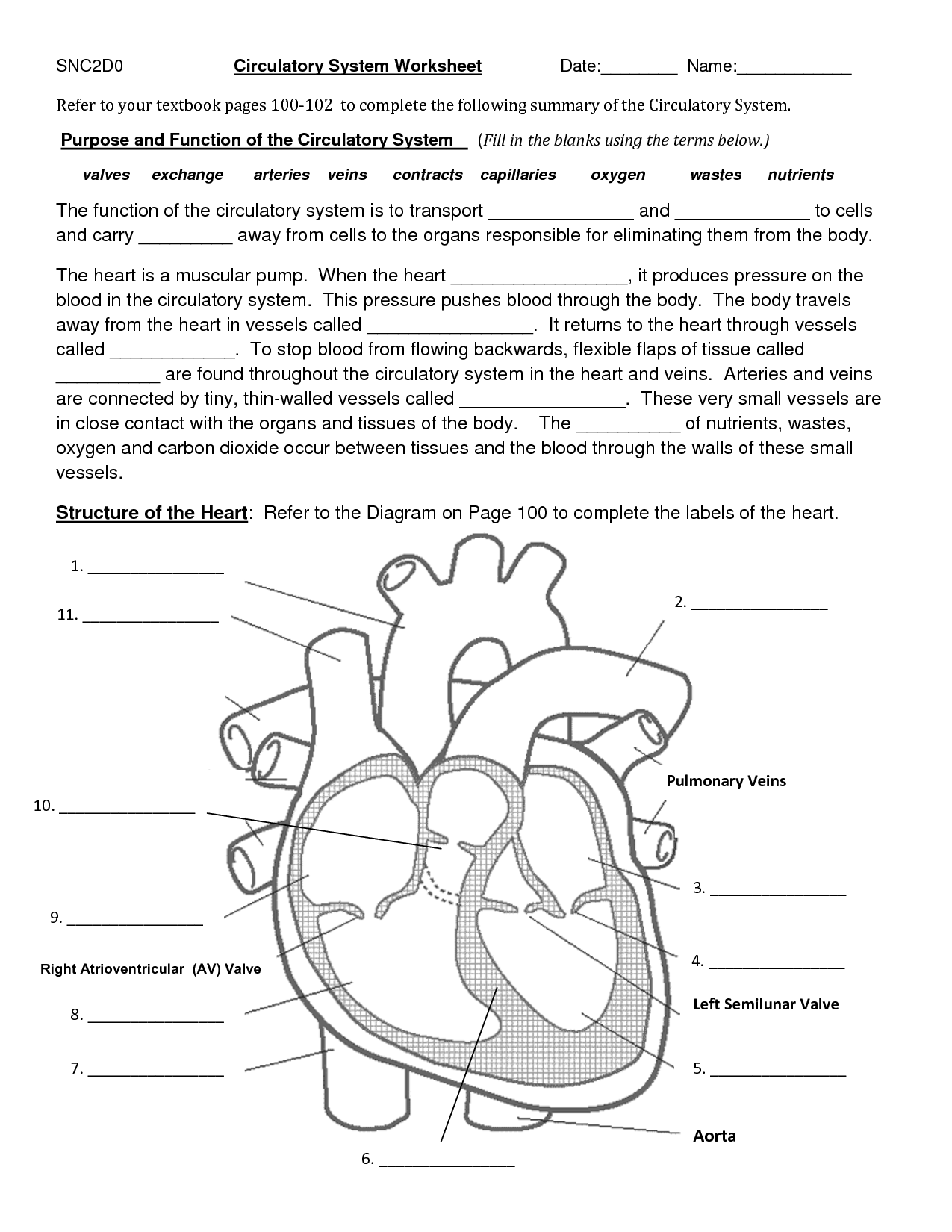



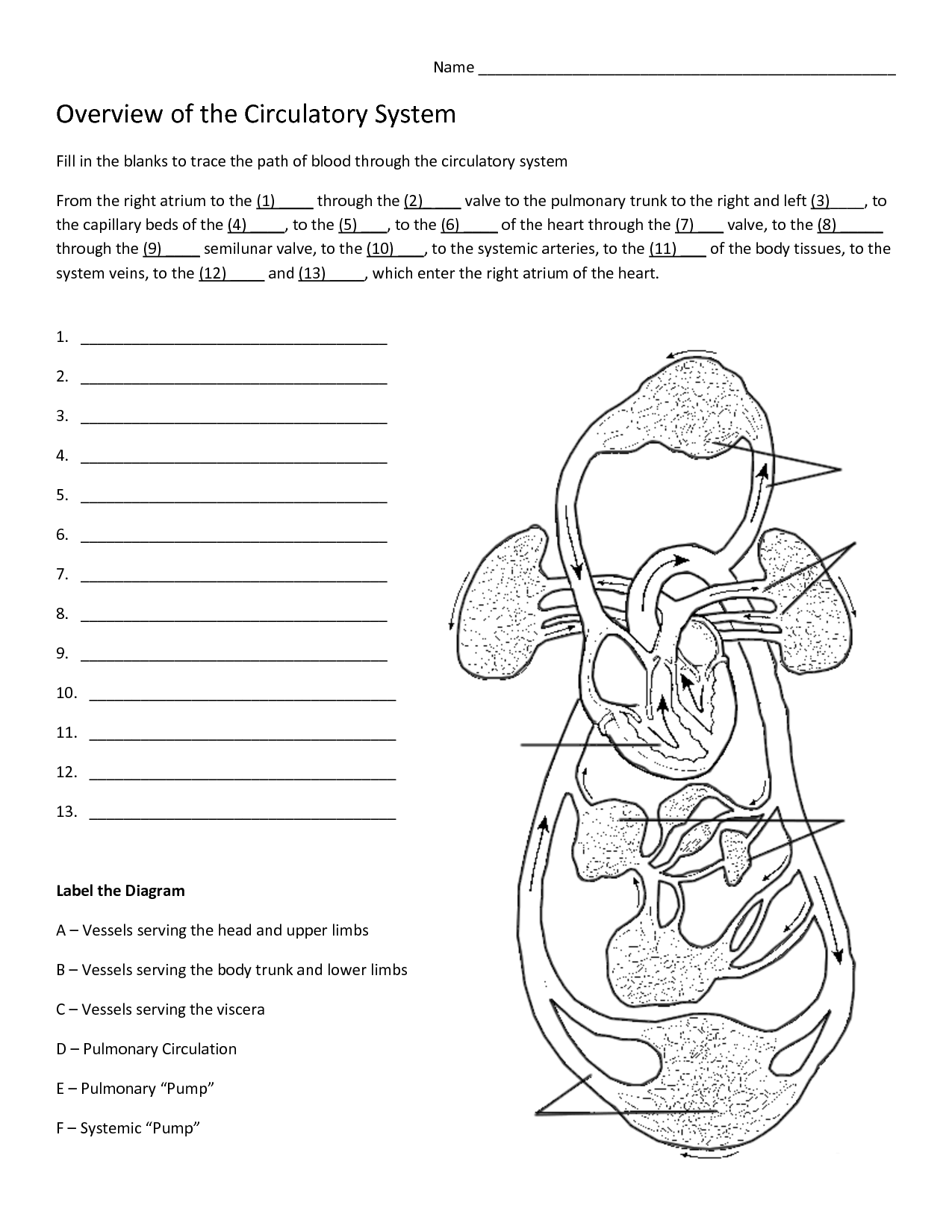
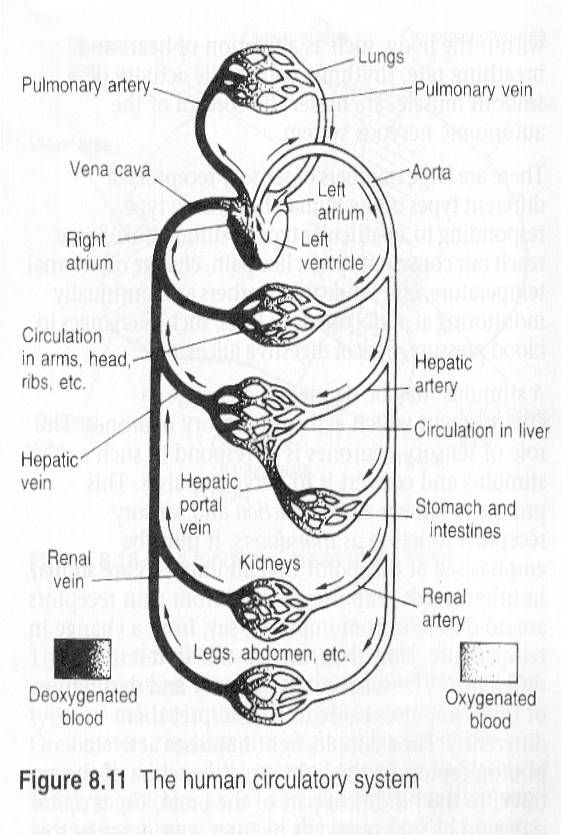
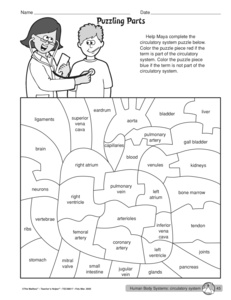
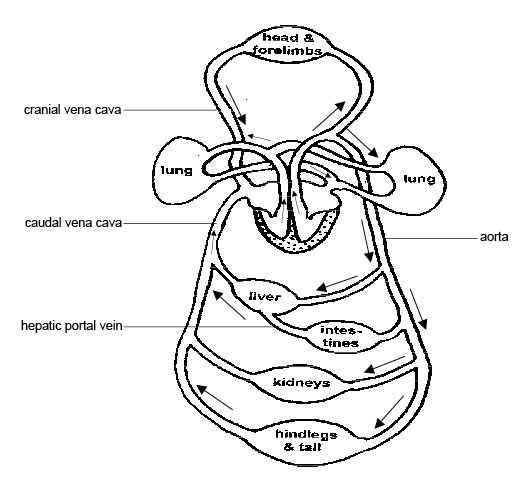

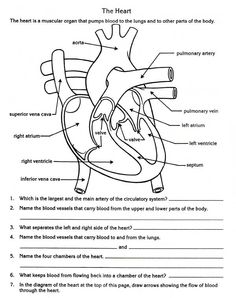
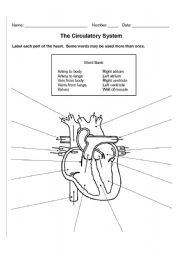
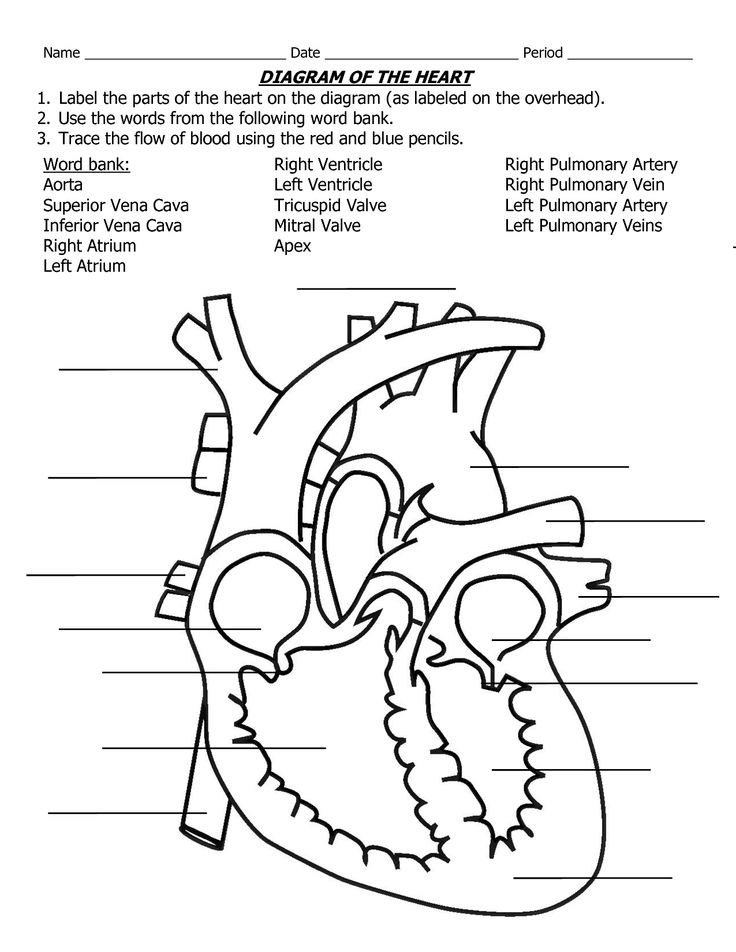
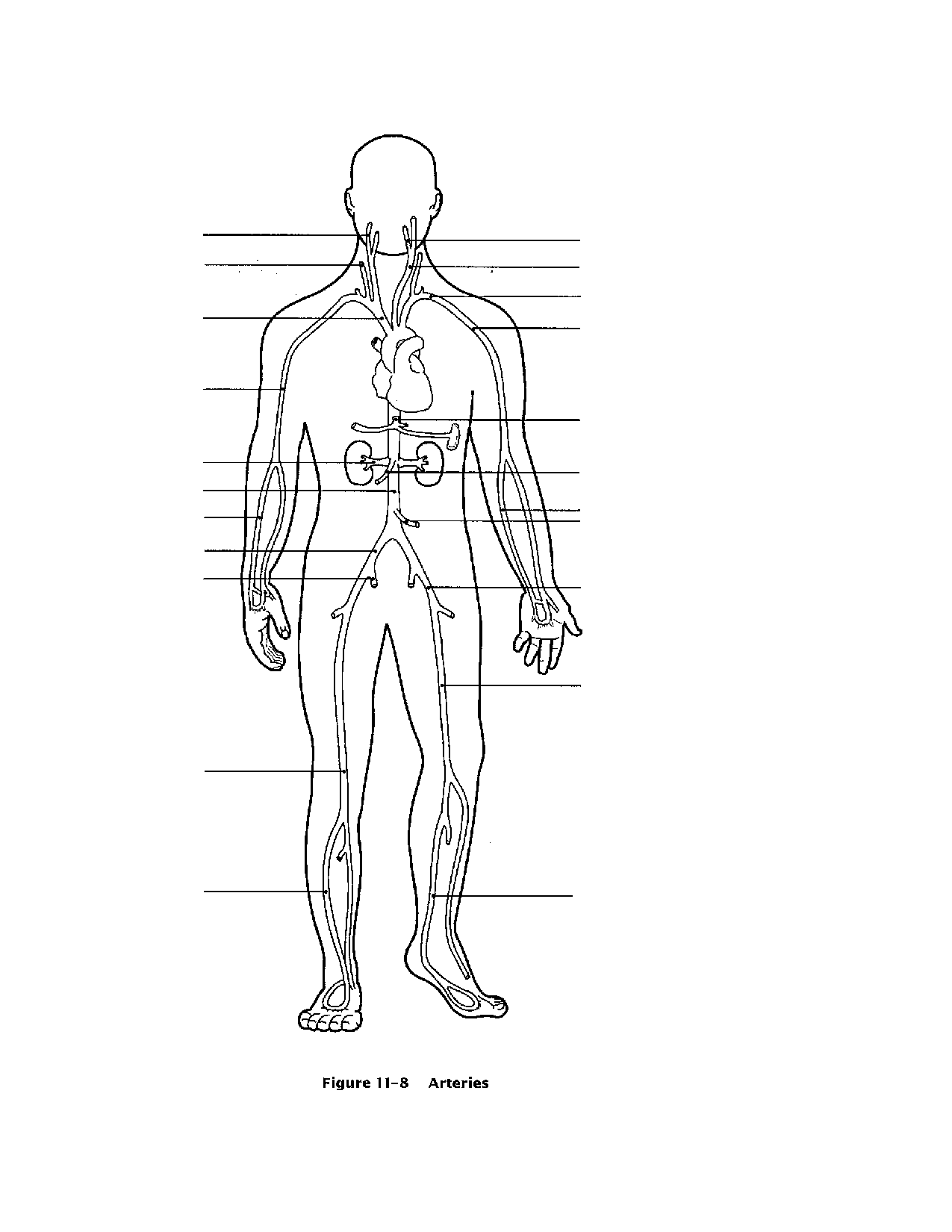
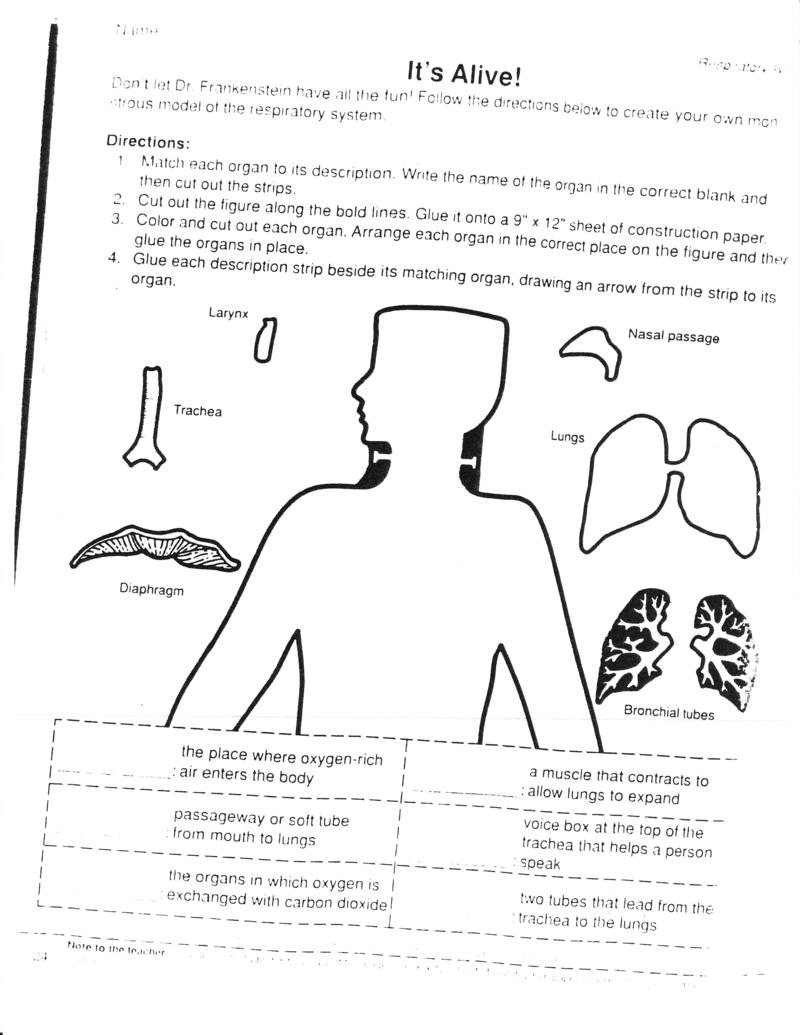
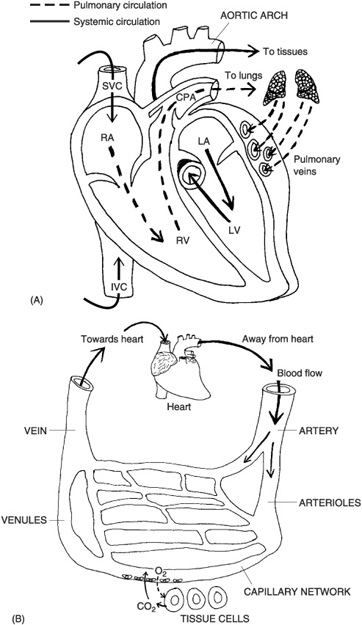














Comments